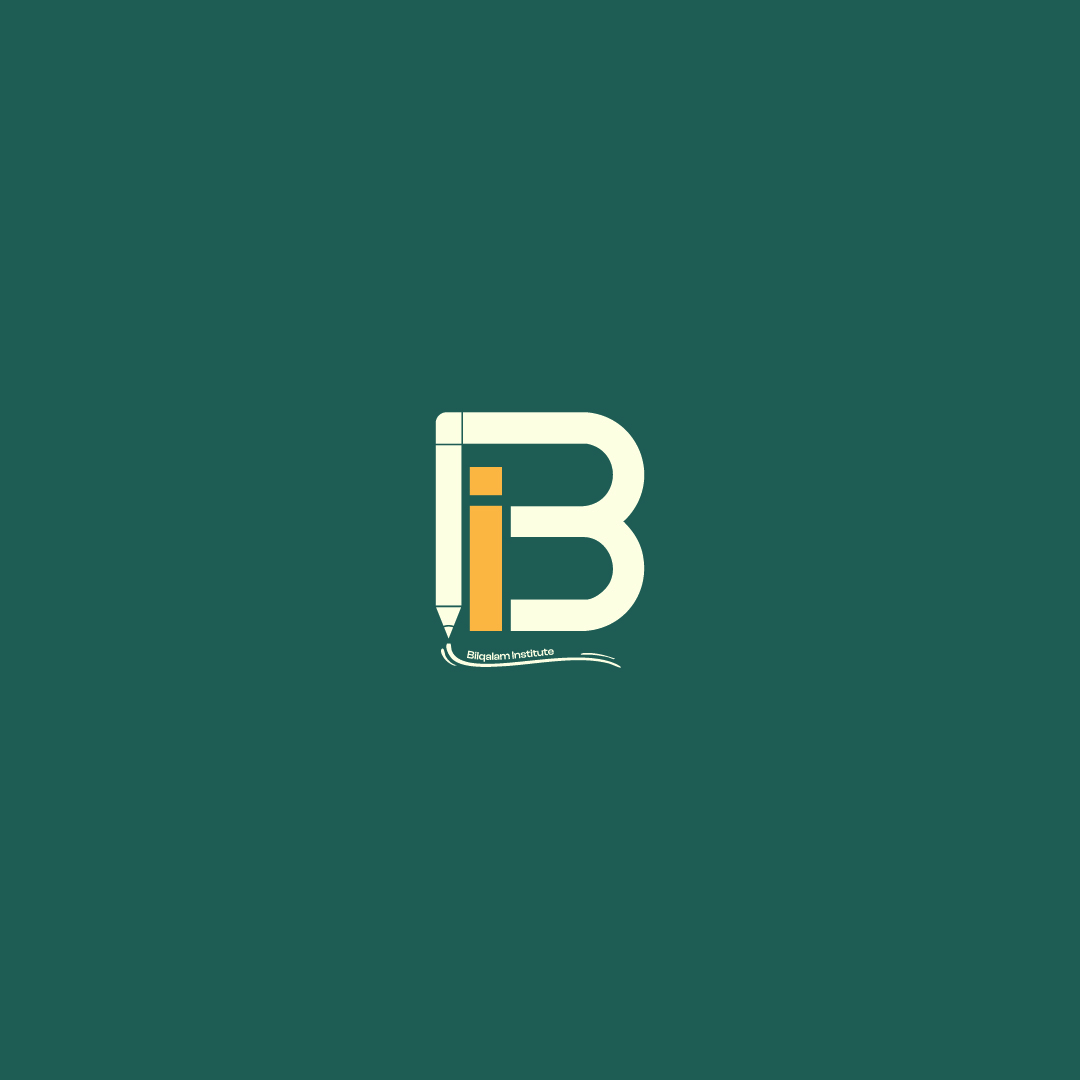
Welcome to you at Bilqalam Institute Platform
The Root of Identity and the Beauty of Expression

Arabic is one of the oldest Semitic languages and is considered one of the richest languages in the world in terms of vocabulary and expression.
It is spoken by more than 400 million people worldwide and is the official language of over 20 countries.
Arabic is known for the beauty of its script and the diversity of its rhetorical styles, which make it capable of expressing the deepest meanings and emotions.
It is also the language of the Holy Qur’an, which gives it a sacred status among Muslims all over the world.
The Islamic civilization contributed to the spread of Arabic and the development of its sciences, such as grammar, rhetoric, and interpretation.
Arabic was once the language of science and thought during the golden age of Islamic civilization, with major works written in fields like medicine, astronomy, philosophy, and more.
In the modern era, Arabic faces many challenges due to the influence of foreign languages and modern media.
However, despite these challenges, Arabic remains strong. Efforts continue to preserve it and teach it to new generations through schools, educational centers, and cultural initiatives.
Arabic remains a symbol of identity, a means of communication among nations, and a bridge that connects a glorious past with a bright future.